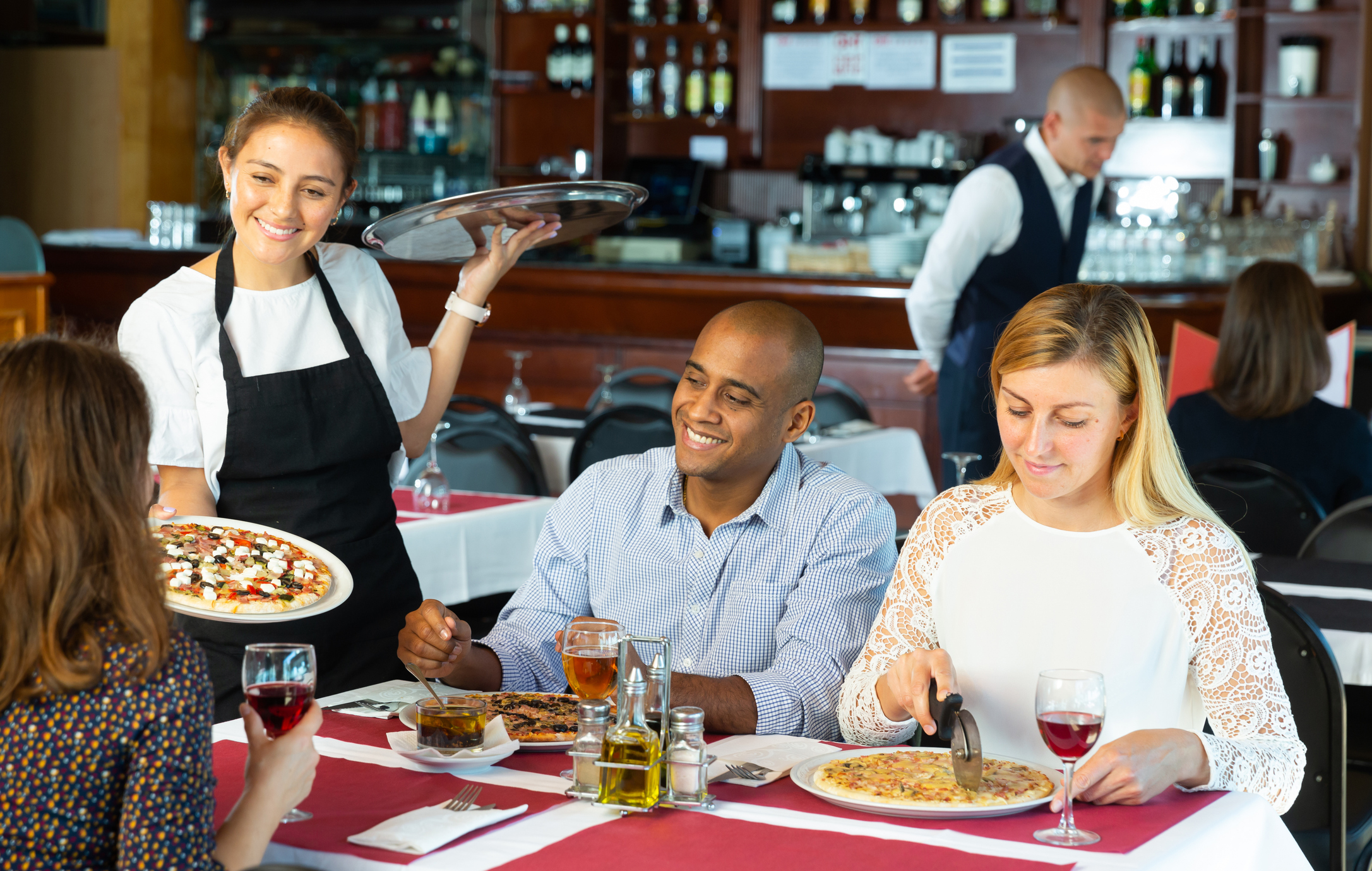9.19.2024
Restaurants are embracing a wave of new technologies—QR codes for ordering, online platforms for pickup and delivery, self-service kiosks and even robot servers. These technologies are transforming operations and customer interactions. Despite these advancements, 81 percent of guests believe that the essence of a great dining experience still lies in human interaction.
While integrating technology is essential for brands to stay innovative, it should complement and not replace, the personal touch of team members. When technology and human interaction work together and co-exist, they can create a truly exceptional guest experience.
After all, dining out is about more than just the food—it is the conversation, the friendly service and the warm interactions that make the experience special. Balancing technology with genuine human engagement ensures a memorable and welcoming dining experience that keeps guests coming back.
As technology continues to advance, it brings notable benefits to both employees and guests, enhancing aspects like service speed and order accuracy. Customers value quick service and precise orders, but they also appreciate the interaction with team members. For instance, a new guest at your restaurant might seek recommendations, something an automated server or self-service kiosk cannot provide as effectively as a knowledgeable employee.
This does not mean technology should be avoided; rather, it should be used to complement human interaction. The goal is to integrate technology in a way that enhances, rather than replaces, what makes dining out a unique and enjoyable experience.
Technology, despite its many advantages, is not without its flaws. Issues can arise with any system, whether it is something as simple as a failed internet connection or as complex as menu items disappearing from the selection process.
In these situations, having a skilled and attentive team becomes crucial. When technology falters, your employees can step in to resolve problems manually and adapt quickly to maintain a smooth guest experience. While technology that does not work can be frustrating for customers, a capable team can alleviate their concerns, ensuring that their orders are still processed and prepared effectively even when the technology does not provide the seamless convenience it is meant to offer.
Ultimately, no amount of technology can replace the genuine connection between people. While the food is what initially draws guests to your establishment, it is the interaction with your team that keeps them coming back. These personal connections create memorable experiences that can sometimes even surpass the food itself as the primary reason for a return visit.
This irreplaceable human connection is essential in the restaurant industry, playing a crucial role in creating lasting impressions and setting your brand apart from the competition.
Technology can be a game-changer when used effectively. While the right tools can significantly enhance your business, it is crucial to view them as assets designed to improve the customer and employee experience.
At its core, outstanding service thrives on human interaction—something that has always been central to the hospitality industry. As an operator, you need to blend the latest technology with that personal touch to continue to create a winning experience. Remember, it is the real connections built with your guests that make your restaurant stand out and keep people coming back.
 Gregg Majewski is the Founder and CEO of Craveworthy Brands and former CEO of Jimmy John’s. Craveworthy Brands, the parent company of Bd’s Mongolian Grill, Dirty Dough, Flat Top Grill, Genghis Grill, Krafted Burger Bar + Tap, Lucky Cat Poke Co., Pastizza Pizza & Pasta, Scramblin’ Ed’s, Sigri Indian BBQ, Soom Soom Mediterranean, The Budlong Southern Chicken and Wing It On!, is dedicated to invigorating and supercharging legacy brands while nurturing and growing emerging brands. The company brings together diverse, yet complementary brands and an accomplished, veteran leadership team in the growing culinary space. In addition to building and operating leading restaurant brands. With 23-plus years in the food and beverage industry in founder and senior executive roles, he has implemented and restructured company-wide operational standards and is working to revitalize legacy brands while creating and growing emerging brands.
Gregg Majewski is the Founder and CEO of Craveworthy Brands and former CEO of Jimmy John’s. Craveworthy Brands, the parent company of Bd’s Mongolian Grill, Dirty Dough, Flat Top Grill, Genghis Grill, Krafted Burger Bar + Tap, Lucky Cat Poke Co., Pastizza Pizza & Pasta, Scramblin’ Ed’s, Sigri Indian BBQ, Soom Soom Mediterranean, The Budlong Southern Chicken and Wing It On!, is dedicated to invigorating and supercharging legacy brands while nurturing and growing emerging brands. The company brings together diverse, yet complementary brands and an accomplished, veteran leadership team in the growing culinary space. In addition to building and operating leading restaurant brands. With 23-plus years in the food and beverage industry in founder and senior executive roles, he has implemented and restructured company-wide operational standards and is working to revitalize legacy brands while creating and growing emerging brands.
Are you an industry thought leader with a point of view on restaurant technology that you would like to share with our readers? If so, we invite you to review our editorial guidelines and submit your article for publishing consideration.

